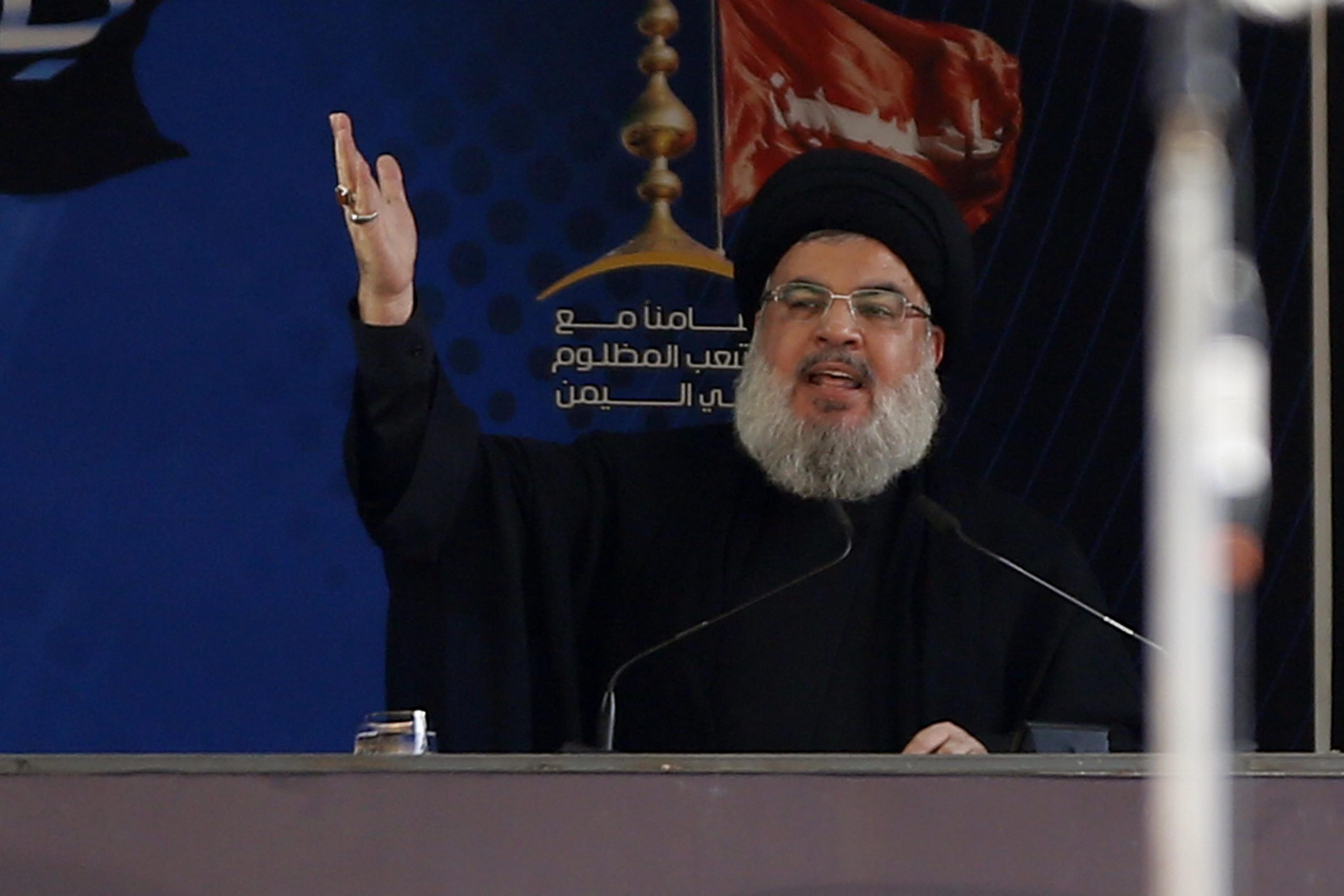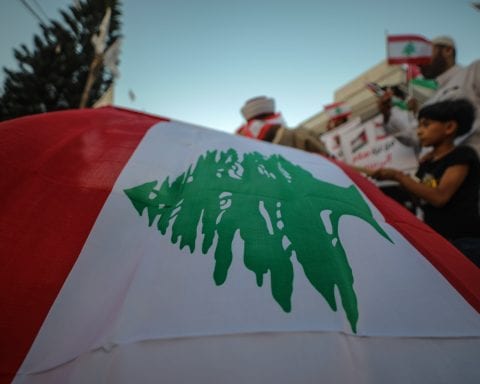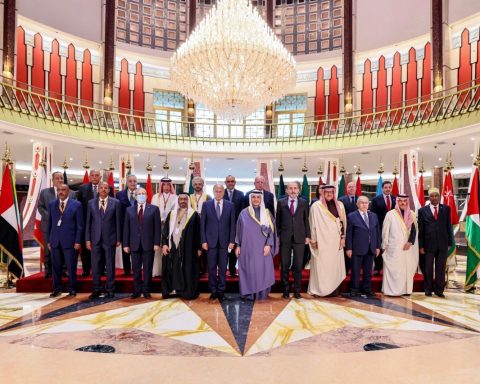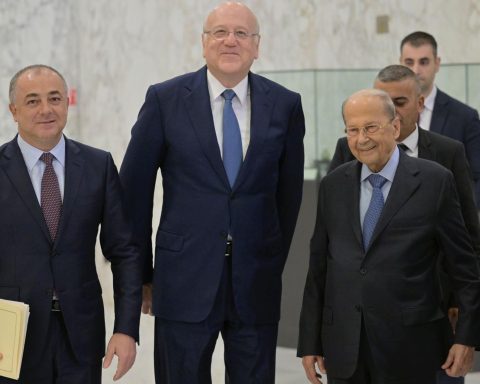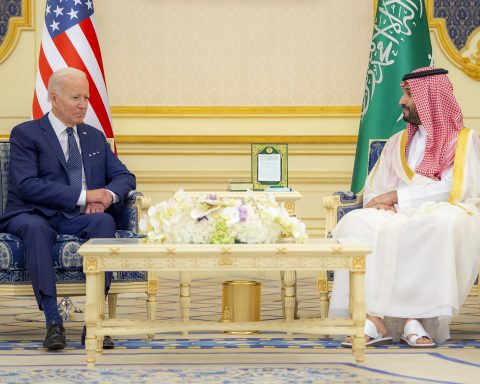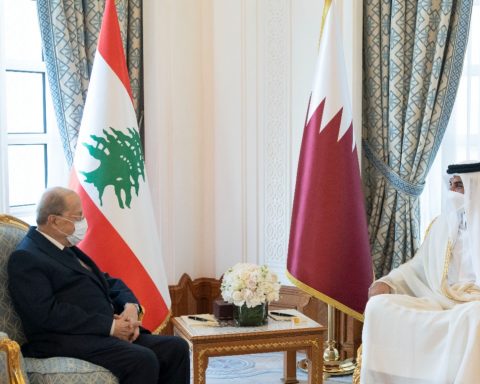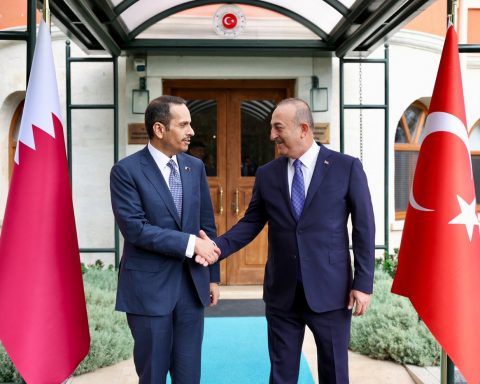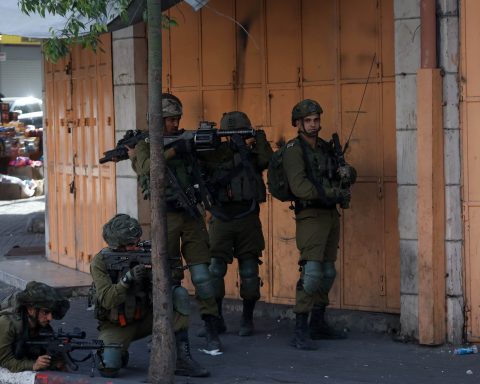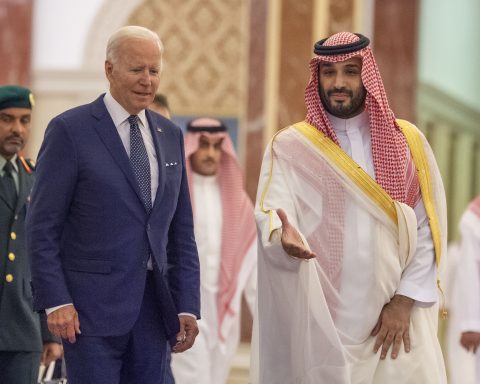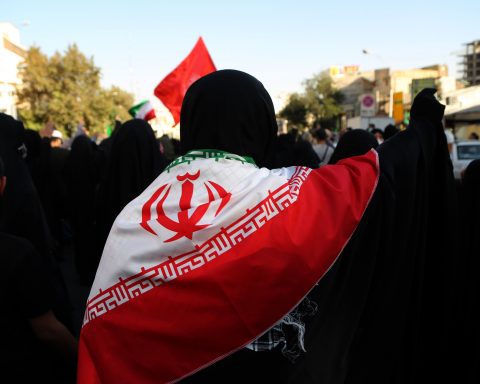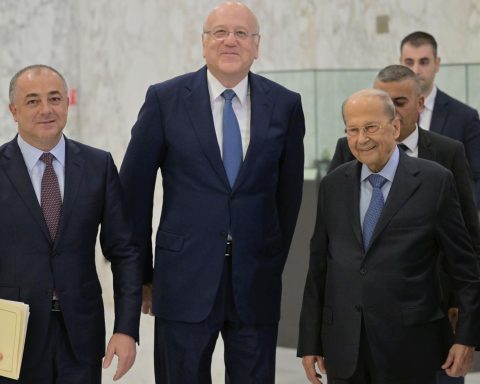On Friday, Lebanon’s Hezbollah chief Sayyed Hassan Nasrallah repeated his initiatives to import Iranian fuel to combat scarcities across the country, stating that all logistical steps for that likelihood were complete.
Nasrallah, who heads the Lebanese faction Hezbollah, said earlier in June that Iran could stock fuel to Lebanon in local pounds, evading a foreign currency crunch.
For weeks deteriorating fuel shortages on the back of Lebanon’s deteriorating financial crisis have forced motorists to lines for hours for small amounts of gasoline.
“I want to stress that I promised and I’m still promising … if we have to go to Iran to get gasoline and fuel oil we will, even if it causes a problem,” Nasrallah said in a televised speech.
On Friday, caretaker Prime Minister Hassan Diab accepted a decision to import fuel at a smaller Lebanese pound to dollar exchange rate in order to effectively reduce critical fuel subsidies as petrol shortages grow worse.
“Everything is ready…. all we need is permission to move,” Nasrallah said, adding that this would not be done through the central bank to avoid violating US sanctions directed towards Tehran.
Asked about how the United States would react were Iranian shipments were to reach the port of Beirut, the US Ambassador to Lebanon, Dorothy Shea, told local broadcaster earlier in the day that “that is not a feasible solution to the problem.”
“What Iran is looking for is some kind of satellite state that they can exploit to pursue their agenda,” she said. Lebanon’s long fuel lines have produced quarrels amongst motorists where gunshots were fired in several incidents.
With the country’s economic crises growing worse since October 2019, the Lebanese central bank is focused on maintaining grants on fuel, wheat and medicine. Petrol stations are closing or capping sales, which has caused long queues and traffic jams in large cities.

